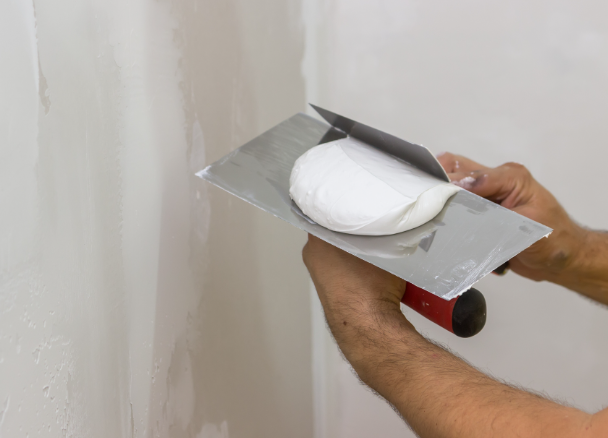Methyl Hydroxyethyl Cellulose (MHEC) is a versatile additive widely used in cement-based products to enhance their performance and application properties. This article explores the various advantages of incorporating MHEC in cement-based formulations, highlighting its impact on workability, water retention, and overall quality.
Key Advantages of MHEC in Cement-Based Products
1. Enhanced Workability
Benefit: Improved application and handling properties.
Explanation: MHEC improves the workability of cement-based products, making them easier to mix, spread, and apply. This results in smoother, more uniform application, reducing labor time and effort.
2. Superior Water Retention
Benefit: Better curing and hydration.
Explanation: MHEC has excellent water retention capabilities, which ensures that the cement mix retains moisture for an extended period. This is crucial for proper curing and hydration, leading to the development of maximum strength and durability in the final product.
3. Increased Open Time
Benefit: Extended time for adjustments and finishing.
Explanation: The addition of MHEC extends the open time of cement-based products, allowing more time for adjustments and finishing. This is particularly beneficial in applications where precise alignment and smooth finishes are required.
4. Reduced Shrinkage and Cracking
Benefit: Enhanced durability and structural integrity.
Explanation: By retaining water and controlling the rate of evaporation, MHEC minimizes the risk of shrinkage and cracking in cement-based products. This results in a more durable and structurally sound finish.
5. Improved Adhesion
Benefit: Stronger bond with substrates.
Explanation: MHEC enhances the adhesive properties of cement-based products, ensuring a stronger bond with various substrates such as concrete, masonry, and brick. This improves the overall performance and longevity of the application.
6. Increased Tensile and Flexural Strength
Benefit: Enhanced mechanical properties.
Explanation: The incorporation of MHEC improves the tensile and flexural strength of cement-based products. This contributes to their ability to withstand mechanical stresses and enhances their overall structural integrity.
7. Resistance to Sagging
Benefit: Uniform application without slumping.
Explanation: MHEC improves the viscosity and cohesion of cement mixes, reducing the risk of sagging or slumping during application. This ensures a more uniform and aesthetically pleasing finish.
Applications of MHEC in Cement-Based Products
1. Tile Adhesives
- Improved Bonding: Ensures tiles adhere firmly to substrates.
- Enhanced Workability: Facilitates smooth and even application.
2. Cement Plasters and Renders
- Smooth Finish: Provides a smooth, uniform finish on walls and ceilings.
- Crack Resistance: Reduces the risk of cracking and shrinkage.
3. Self-Leveling Compounds
- Even Surface: Ensures smooth and level surfaces.
- Improved Flow Properties: Enhances the flow and leveling characteristics.
4. Repair Mortars
- Strong Adhesion: Ensures effective bonding to old and new concrete surfaces.
- Durability: Enhances the lifespan of repair works.
5. Grouts
- Water Retention: Maintains moisture for proper curing.
- Improved Consistency: Ensures a uniform and stable grout mix.
Conclusion
Methyl Hydroxyethyl Cellulose (MHEC) offers numerous advantages when used in cement-based products, including enhanced workability, superior water retention, increased open time, reduced shrinkage and cracking, improved adhesion, and increased tensile and flexural strength. These benefits make MHEC an invaluable additive in various construction applications, ensuring better performance, durability, and overall quality of cement-based materials.


